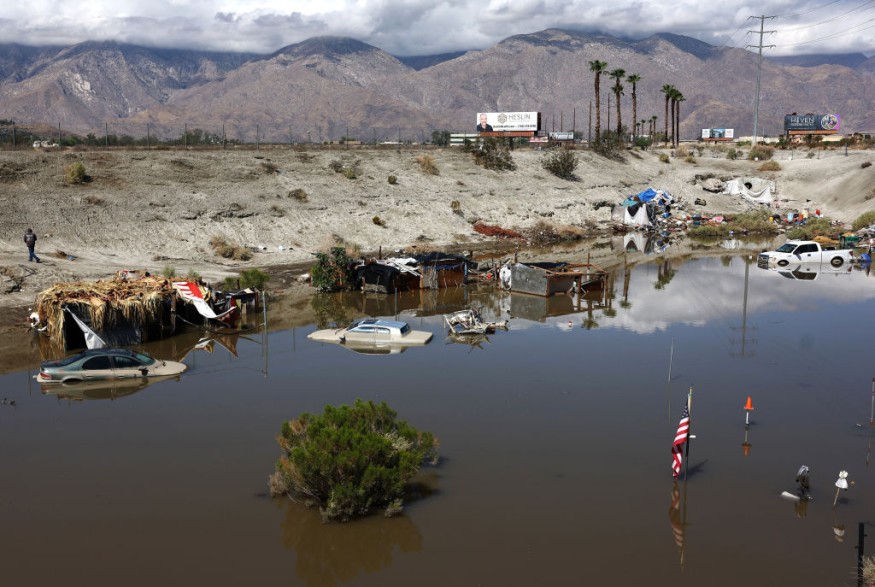
Weather experts said that Hurricane Hilary, which flooded many areas in California, could be just among the many extreme events that were caused by climate change. They warned that many are to come.
The National Weather Service said that the occurrence of Hurricane Hilary in the region has been considered as extraordinary. Records showed that it was in 1939 when a tropical storm made landfall in southern California.
Meteorologists further noted that the only tropical cyclone, moving with a hurricane force, to hit the state was recorded in 1858.
Global temperatures
Earlier, climate experts already made predictions that the increasing global temperatures would add up in the creation of powerful and fiercer tropical storms. They noted that warmer ocean temperatures have given increase to stronger hurricanes as well as warmer air temperatures.
The warmer air temperatures are often characterized of being capable holding more water vapor that will later lead to wetter storms.
Further, the climate crisis that is evident at present may also cause storms to intensify in a faster pace. Scientists also said that a greater proportion of hurricanes in recent decades have reached category 4 or 5 levels.
So far, the month of July has set a record for the highest monthly ocean surface temperature. Experts said ocean temperatures off the coast of Baja California are higher than normal, and this could be attributed to the warming effects of El Niño and the proliferation of fossil fuel emissions.
It was said that California was often protected from hurricanes because of some reasons, including the frigid ocean current that usually flows down the Pacific Coast, robbing storms of their strength-building tropical heat.
Another possible reason is the prevailing east-to-west wind pattern. Meteorologists said this pattern often serves to allow "angry" storms out to sea before they can come in contact with the mainland.
Further, experts said the atmospheric subsidence could also contribute in this phenomenon. This atmospheric subsidence explained that the atmospheric subsidence is the downward flow of air over California that squishes storms before they can for.
According to climate scientist Daniel Swan from the University of California, warmer oceans could fuel hurricanes. He said, however, that there is no formal study yet about the tropical cyclone hazard amid the warming climate in California.
Due to the fact that California's geography is very different from other parts of the world where hurricanes are common, studies that could help one to know what is happening in California's weather system are not yet available.
Read Also : Hilary Strengthens to Hurricane: Major Flash Flooding Likely in Southwestern U.S., California
Assistance
So far, the Federal Emergency Management Agency is closely monitoring the track of Hurricane Hilary in the Pacific as well as other potential storms in the Atlantic and Gulf of Mexico.
The agency has been closely coordinating with authorities from California and other states in the path of the storm as it assures readiness to provide support and assistance to those in need.
Those living in the path of Hurricane Hilary were advised to take precautionary steps amid the impacts of Hurricane Hilary.
Officials also reminded residents and visitors in potentially affected areas to learn their evacuation routes, have some family emergency communications plan, and ensure that they receive emergency alerts.
Related Article: Hurricane Hilary Expected To Threaten California With Deep Floods; Evacuations Already Underway
Related Video:
© 2025 NatureWorldNews.com All rights reserved. Do not reproduce without permission.





